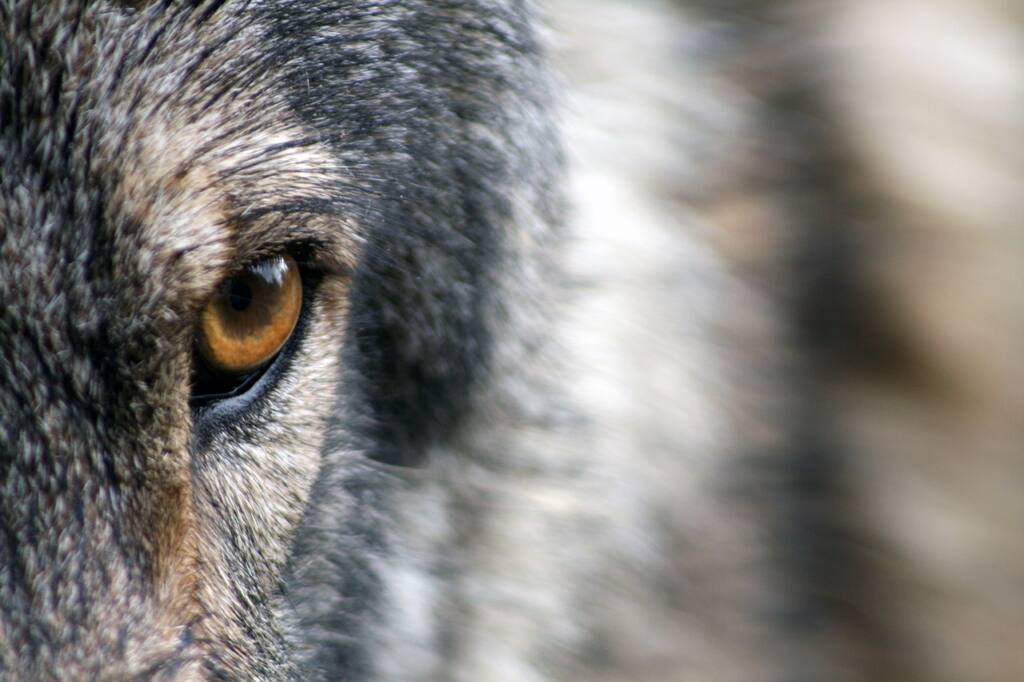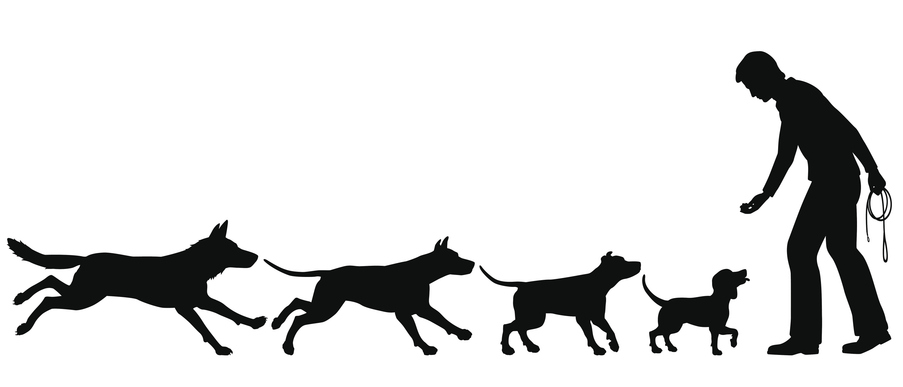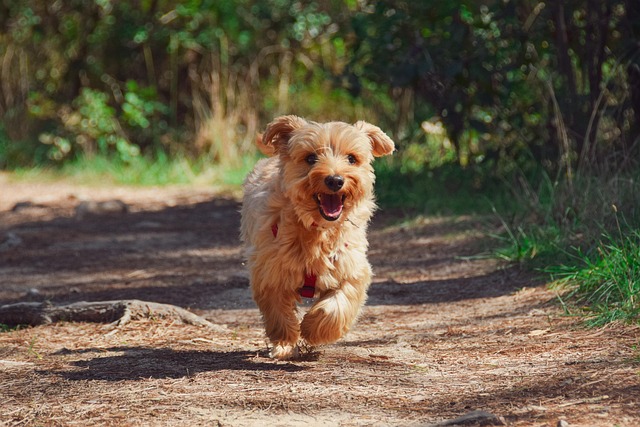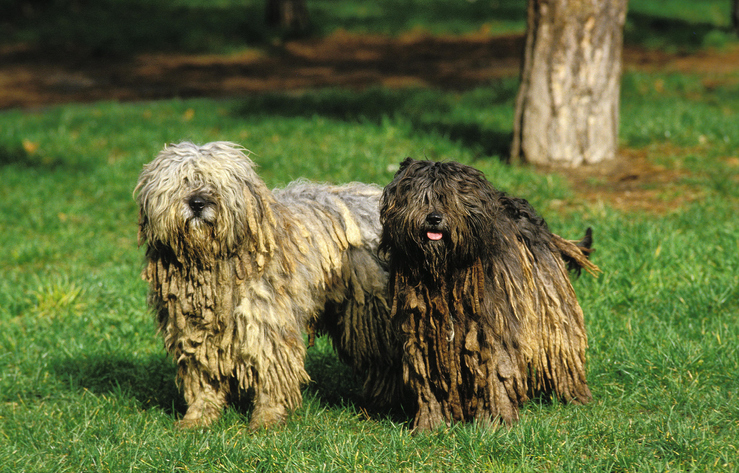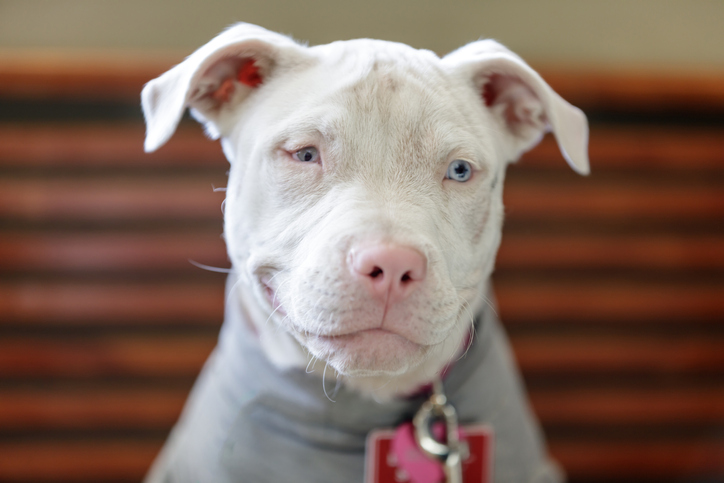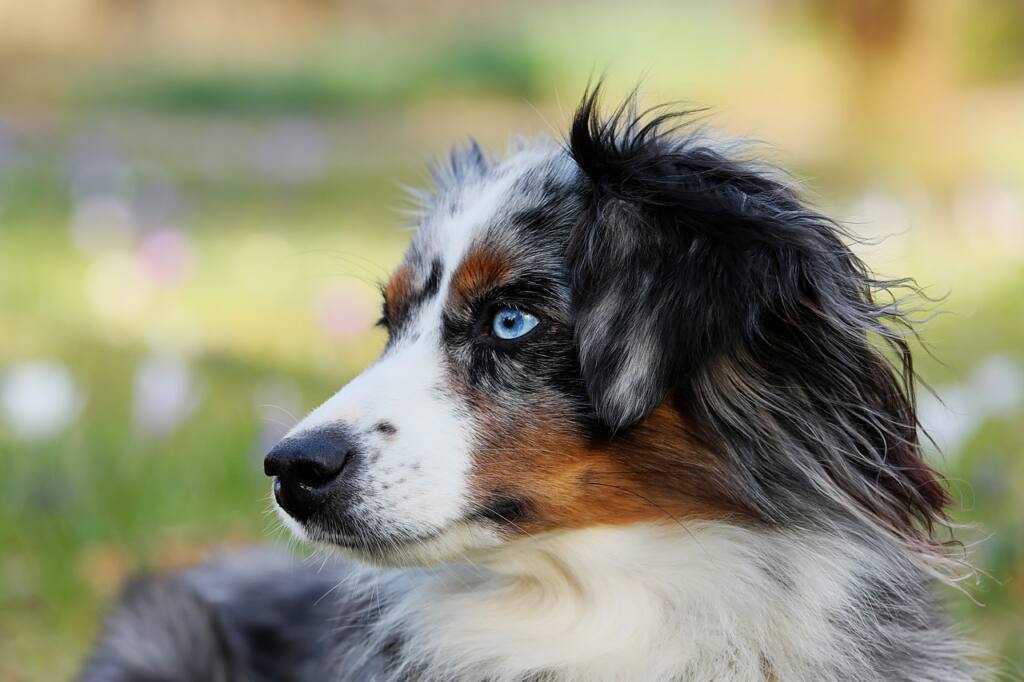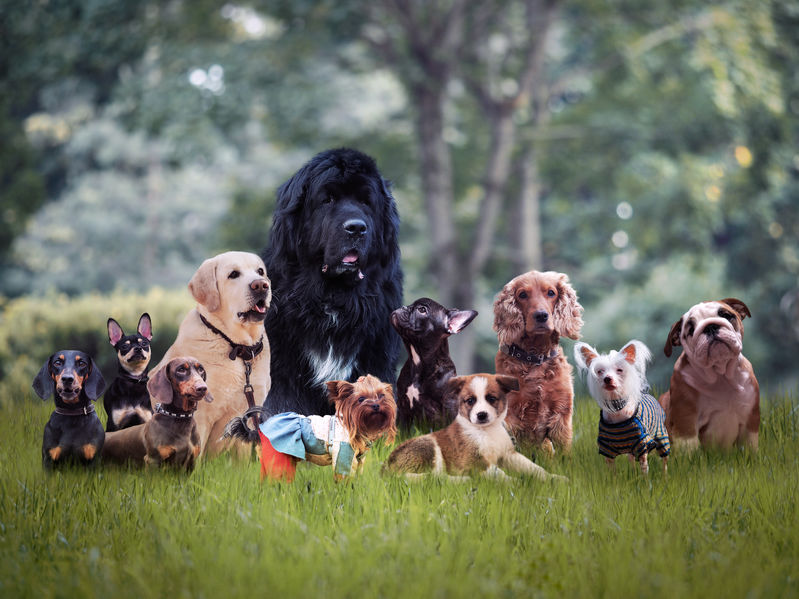
The Science Behind Dog Breeds: Genetic Factors Influencing Behavior and Health
The Science Behind Dog Breeds: Genetic Factors Influencing Behavior and Health Dog breeds exhibit a remarkable diversity in appearance, behavior, and health characteristics. This variation is largely due to genetic factors that have been shaped by centuries of selective breeding. Recent scientific studies have shed light on the complex interplay between genetics, behavior, and health in different dog breeds. Genetic Basis of Breed-Specific Behaviors Research has revealed that certain behavioral traits in dogs have a strong genetic component. A groundbreaking study examining 17,000 dogs across various breeds found that 14 personality traits were linked to 131 sections of canine DNA. This research confirmed that almost every breed has a predisposition… Read More
Continue Reading











